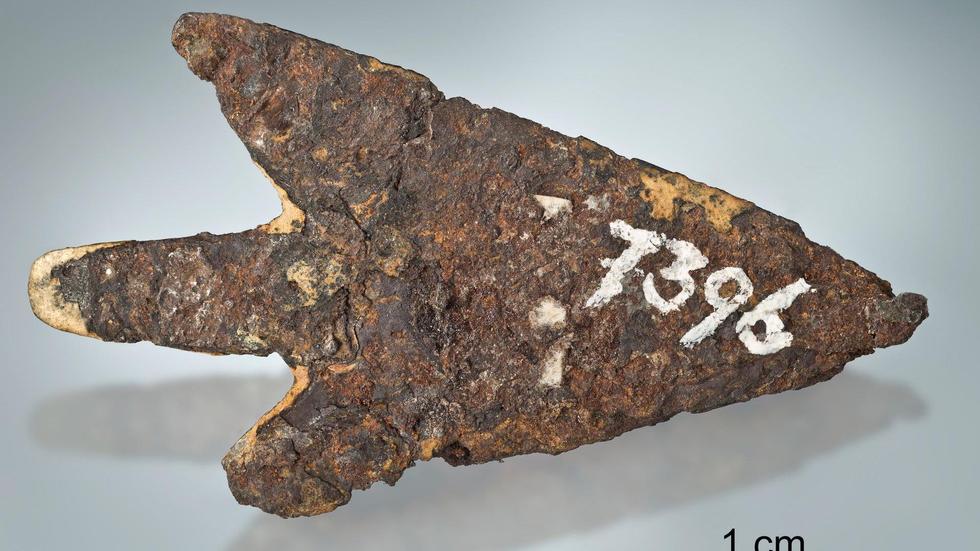In Lake Biel in Switzerland, researchers have found an arrowhead dating back to the Bronze Age. What is it made of?
meteor.
in press release The Natural History Museum in Bern tells about the study led by the museum.
By examining the arrowhead, the researchers were able to deduce that the object, which was originally found in the 19th century, probably originated from a meteorite that landed in Estonia.
This is despite the fact that there is a well-known meteorite field called Twannberg near the discovery site.
– extremely rare
«With about 8.3% nickel, the content of this element in the arrowhead is almost double that of the Twannberg meteorite.writes the museum.
They also add that this high level of germanium indicates that it originated from the so-called “IAB meteorite,” and that the low aluminum-26 content indicates that it probably originates from within a meteorite of at least two tons of original mass.
The article continues below the advertisementThe article continues below the advertisement
The IAB meteorite is a specially formed iron meteorite.
(article continues below image)

The arrowhead was first found in Lake Biel in Switzerland. Photo: Anthony Anex/AP/NTB
He writes that the arrowhead meteorite, which is nearly 3,000 years old, likely to be between 900 and 800 BC, ended up in Switzerland through trade. CNN.
“Such evidence of the early use of meteoric iron is extremely rare,” the press release states.
Finding an artifact is also “extremely rare”. According to the press release, only 55 such objects have been found in Eurasia and Africa. And these things only originated from 22 places.
According to CNN, this is only the third discovery in central and western Europe. The previous two were made in Poland.
Other clues
CNN spoke to Beda Hofmann, chair of the Department of Earth Sciences at the Natural History Museum in Bern and lead author of the study.
Most people in Bronze Age villages in Switzerland who stood on stilts spent their time farming, hunting and fishing, says Hofmann, but some people have also been shown to have developed special skills around this time. For example, molds intended for casting bronze were previously found.
The study has been published in the journal Journal of Archaeological SciencesAnd for the curious, the arrowhead will be available in an exhibition at the museum from February 1, 2024 to April 21, 2025.

“Organizer. Social media geek. General communicator. Bacon scholar. Proud pop culture trailblazer.”

